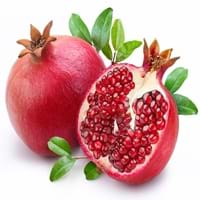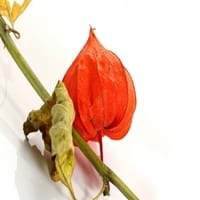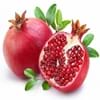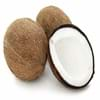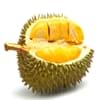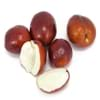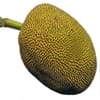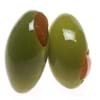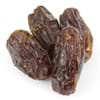Health Benefits
Cancer prevention, Heart care, Helps in cartilage regeneration, Improves stomach health, Increase in haemoglobin, Increases metabolic rate, Prevents constipation
Anti-oxidant properties, Anti-inflammatory properties, Cancer prevention, Maintains healthy cholesterol level, Reduces blood circulation problems, Treatment of cough, fever & sore throat, Treatment of Hypertension
General Benefits
Boosts immune system, Controls blood pressure, Controls blood sugar levels, Digestive aid, Maintains healthy cholesterol level
Treatment of asthma, Treatment of cataract, Treatment of hepatitis, Treatment of macular degeneration, Treatment of neurodegenerative diseases
Skin Benefits
Anti-aging benefits, Skin rejuvenation, Treatment of acne
Treatment of Rheumatism & Dermatitis, Treatment of Skin Inflammation
Hair Benefits
Prevents hair loss, Promotes longer and healthier hair, Treatment of dandruff
Unknown
Allergy Symptoms
Abdominal pains, Anaphylaxis, Itching
NA
Side Effects
Allergic reaction, Cold, Breathing difficulty, Irritation, Swelling
Hypertension, Ventricular Tachycardia
Best Time to Eat
Best if taken as a breakfast (or empty stomach), As a snack in the late afternoon, Eat the fresh ones, avoid mixing with any other foods, don't eat after meal., Morning time (before lunch)
As a snack in the late afternoon, Eat the fresh ones, avoid mixing with any other foods, don't eat after meal., Morning time (before lunch), Strictly avoid empty stomach
Vitamin B5 (Pantothenic Acid)
Not Available
Vitamin B6 (Pyridoxin)
Not Available
Vitamin B9 (Folic acid)
Not Available
Vitamin C (Ascorbic Acid)
Vitamin K (Phyllochinone)
Not Available
Lutein+Zeaxanthin
Not Available
Water Content
Not Available
Calories in Fresh Fruit with Peel
Not Available
Calories in Fresh Fruit without Peel
Not Available
Calories in Frozen Form
Not Available
Not Available
Calories in Dried Form
Not Available
Calories in Canned Form
Not Available
Not Available
Type
Tree fruit
Fruit vegetable
Season
Autumn
Spring, Summer
Varieties
Balegal, Crab, Cloud, Francis, Freshman and Granada
Physalis franchetii, Physalis pruinosa, Physalis peruviana, Physalis heterophylla and Physalis philadelphica
Color
Dark red, Light pink-red
Bright Yellow, Orange
Origin
India, Iran
Chile, Peru
Climatic Conditions
Cold, Dry, Hot
NA
Facts about
- Pomegranate means apple with many seeds.
- It was called as the “apple of Grenada” in early English.
- In Hinduism, this fruit symbolizes prosperity and fertility.
- Pomegranate trees can live upto 200 years.
NA
Other Countries
Africa, India, Middle east, Pakistan
NA
Top Importer
Europe
Netherlands
Top Exporter
India
Colombia
Botanical Name
Punica granatum
Physalis Peruviana
Synonym
Punica malus
Alkekengi, Herschellia & Pentaphitrum
Subkingdom
Tracheobionta
Tracheobionta
Division
Magnoliophyta
Magnoliophyta
Class
Magnoliopsida
Magnoliopsida
Subclass
Rosidae
Asteridae
Family
Lythraceae
Solanaceae
Species
P. granatum
Physalis
Generic Group
Pomegranate
Not Available
Difference Between Pomegranate and Physalis
We might think that Pomegranate and Physalis are similar with respect to nutritional value and health benefits. But the nutrient content of both fruits is different. Pomegranate and Physalis Facts such as their taste, shape, color, and size are also distinct. The difference between Pomegranate and Physalis is explained here.
The amount of calories in 100 gm of fresh Pomegranate and Physalis with peel is Not Available and 77.00 kcal and the amount of calories without peel is 83.00 kcal and Not Available respectively. Thus, Pomegranate and Physalis belong to High Calorie Fruits and High Calorie Fruits category.These fruits might or might not differ with respect to their scientific classification. The order of Pomegranate and Physalis is Myrtales and Solanales respectively. Pomegranate belongs to Lythraceae family and Physalis belongs to Solanaceae family. Pomegranate belongs to Punica genus of P. granatum species and Physalis belongs to Physalis genus of Physalis species. Beings plants, both fruits belong to Plantae Kingdom.
